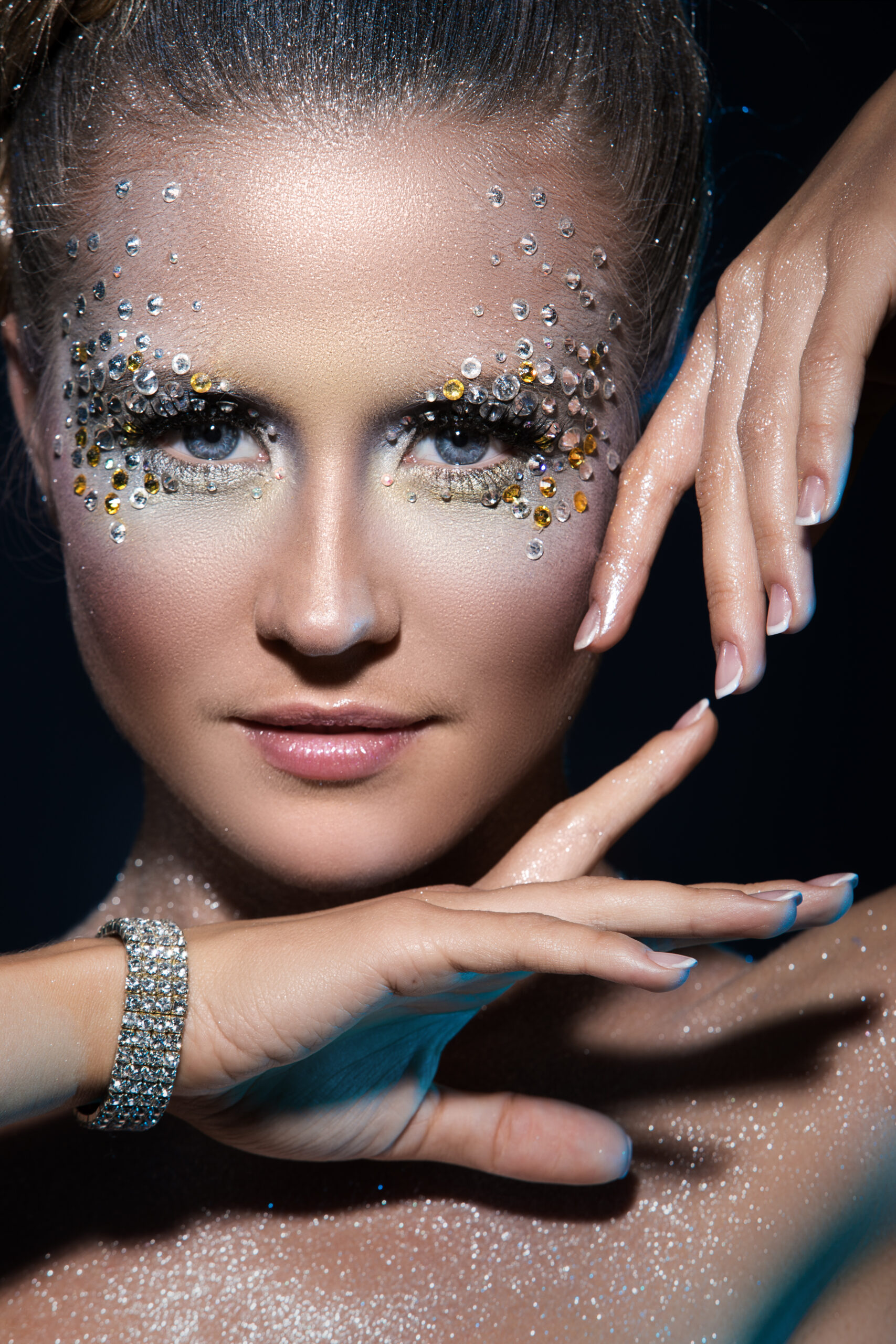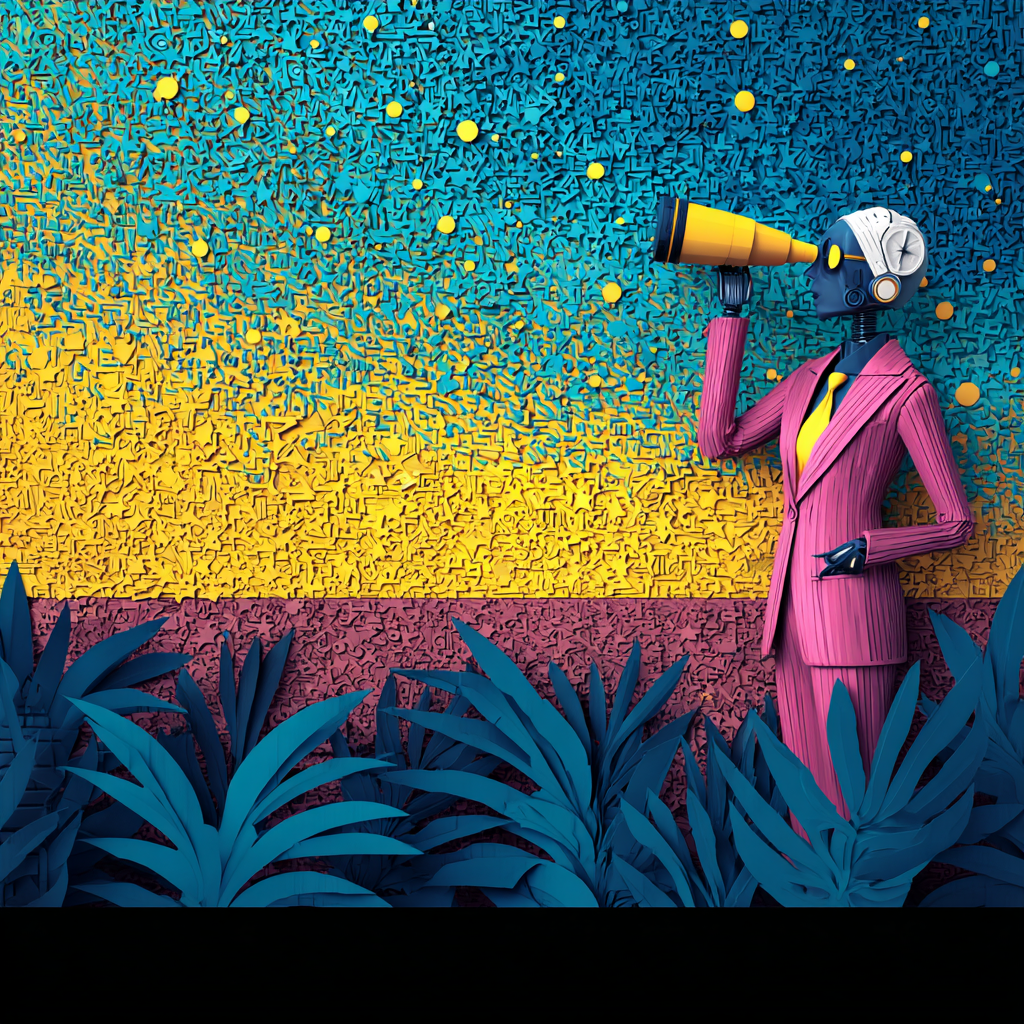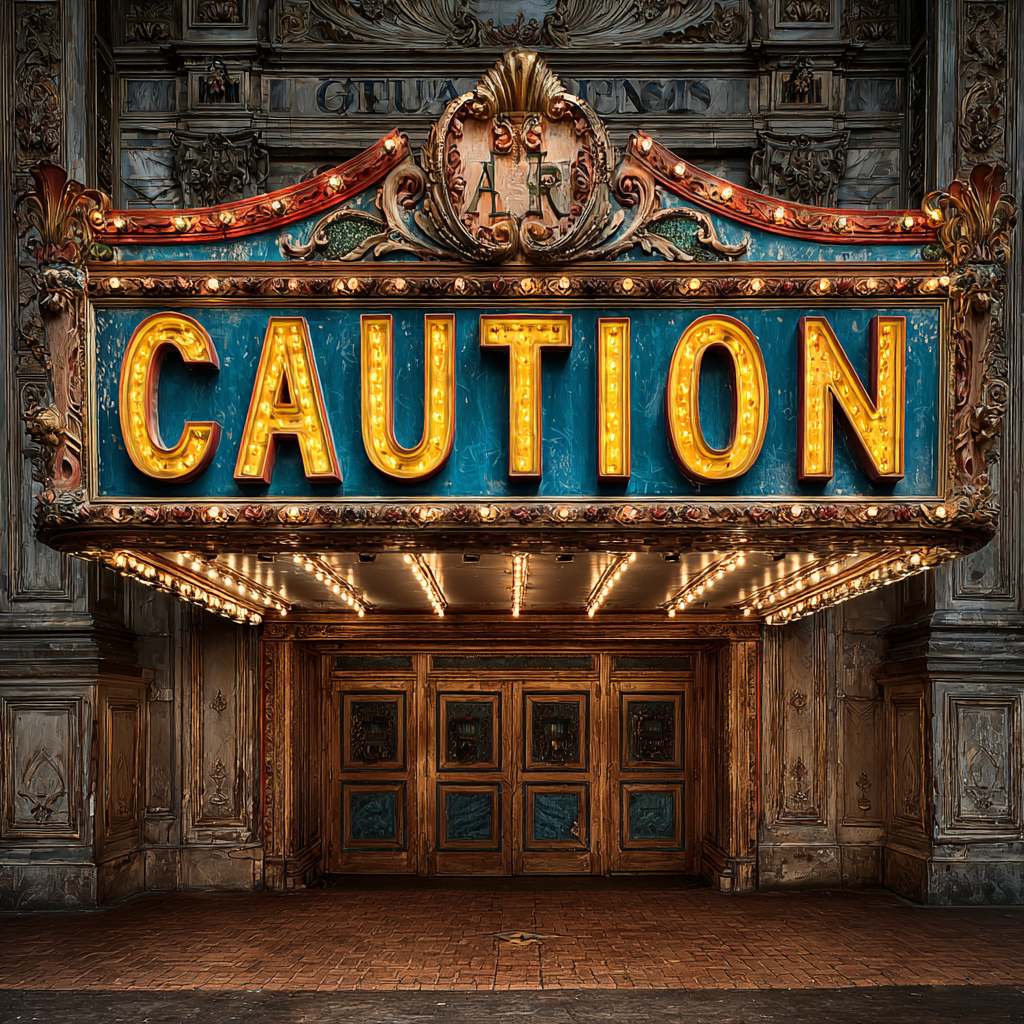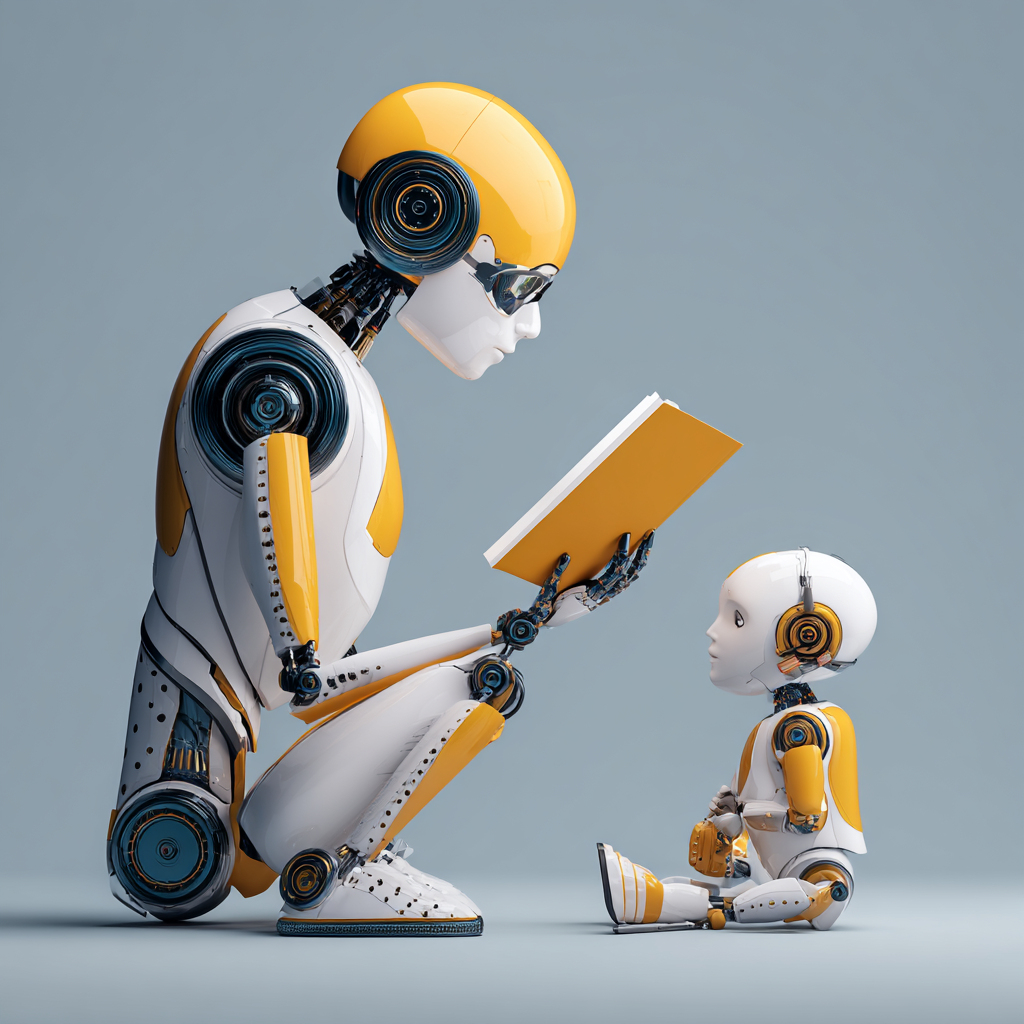6 transformative creative AI trends that will dominate 2024
There are a few times in the great arch of history that one consciously knows they are observing a rare, transformative moment. These pivotal moments, in their earliest days, are rarely recognized for the full impact they will have in 10 or 20 years.
It is obvious that AI, like the Internet before it, will change everything.
The real question is exactly how the AI revolution will play out. AI has all the hype of the Internet revolution of the late 1990s but like the Internet of the 1990s, no one would have predicted how the Internet would look today. In fact, the Internet in 2024 would be unrecognizable to those of us who were working on the emerging Internet of the late 1990s, (read more about my experiences during earliest days of the Internet).
This is equally true of AI during these tender, formative years.
Just like the Internet of the 1990s, what is far less clear are the AI’s impacts especially on the creative process and creative output. Some folks, like the New York Times, are focused on tangent topics such as whether NYT deserves compensation from OpenAI for use of its content in the training of the AI. This is a misguided effort IMHO because it distracts us from dealing with the practical applications of AI in the creative process. No matter the outcome of the suit, the questions around how AI is used in the creative process must be where real intellectual rigor is applied. All else is legal noise.
As the new year begins, this is the perfect time to reflect thoughtfully about the day-in-day-out implications of the ways AI will change creative.
The role of technology in every creative Renaissance.
In historical terms, technology has driven every creative renaissance since the actual Renaissance. The invention of the printing press (1436) allowed “scalable” transmission of stories which profoundly shaped the future. Technology’s profound creative impacts continued in the following centuries with a wide diversity of technologies; automated lace making (1760s), cameras (1816), digital music and digital cameras (1970s), to name just a few.
Just as Johannes Gutenberg, the German goldsmith, credited with inventing the printing press could have never foreseen how his invention would shape future generations, AI is likely to evolve in equally unpredictable ways. Perhaps the pinnacle of how tech can impact the creative process is captured in AI. Creative breakthroughs powered by AI will be the theme of 2024 and this can be characterized as nothing less than a Renaissance.
Here are the top six creative trends that will dominate in 2024.
1) The ultimate engine of AI will be prompted by the creative spirit.
As is always the case in every technological breakthrough, the critical element for success or failure of a new technology is the machine/ user interface. In the case of AI, this interface is the prompt. This is not a typical skill a creative person would readily be well versed in. Worse, a casual user might be seduced to think AI can do their thinking but we can never outsource our thinking. AI is only as good as the prompts it receives.
Once creative teams fully embrace the science of prompt engineering, it will expand their creativity so quickly the technology will seem disappear while the quality of the creative output will improve. As technology and creative converge, people will supply the creativity that moves the human heart and AI provides the technological muscle. This is the power source of a creative renaissance.
2) The medium will drive the AI application.
The traditional marketing creative path always cascaded down starting with development of the uber creative strategy which was then tactically re-expressed in many media formats.
Now AI technology has opened up new avenues to leverage the medium as much as the message. Through AI, a creative team can experiment faster and more broadly adapting to different media channels. This turns the traditional top-down creative development process on its head opening up new types for optimal medium/ message synergies. A message delivered on an app is obviously very different than an ad in a social platform. With AI, creative teams can more easily and efficiently test alternate concepts appropriate to the medium. This allows advertisers to arrive at a multi-tiered brand experience strategy that is unified and contextually correct for the channel.
3) Authenticity is a function of “AI Diversity”
People usually talk about diversity in HR terms, but it’s important to acknowledge that AI is not innately diverse. In fact, AI can be highly biased based on who and how the models were trained. Too often, we see gender or age or even religious bias (see this experiment regarding AI generated jokes for the different religions: https://twitter.com/Dan_Schwartz/status/1741208928652828729).
It is the responsibility of the creative team to achieve authentic communications that is reflective of diverse audiences using AI. In this Renaissance, striving for diversity and authenticity is the height of leveraging technology to create and express genuine human moments.
4) Turning data into art
Data may seem to be creatively dissonant when, in fact, the opposite is true. Data is becoming the conduit for people who are inspired to express themselves in ways they may have lacked before.
AI can augment the imagination of the creative person once one understands that AI is, at it’s most fundamental, is a data set that can be manipulated. AI models can be trained to reflect a specific voice or attitude. More than that, through data engineering (via the prompts), creative brilliance can be brought to life by managing the data behind the AI. When AI partners with creative minds, they work together to make the brand distinctive and memorable in unexpected and productive ways.
5) Personalization of the trusted kind
The height of irony is that the more personalized an online experience is, the more likely a user’s privacy is being violated.
This is because there are many, many companies who have figured out clever ways to track people online even as they publicly say they don’t track anyone. To solve this issue, AI can be applied to leapfrog over all the complicated of people tracking technology and be applied to the development of topic data with accompanying content. Once marketing pivots to AI generated topic data , then AI renders audience tracking completely unnecessary since the right content focused on conversion will be far more effective than people tracking to drive conversion.
6) Trust – not algorithms – must be the power source behind everything marketers do
AI algorithms can’t replace human wisdom yet there is a genuine barrier preventing this trust intelligence from being integrated into the ecosystem. This gap causes AI to misfire on creative outputs – from content to images. Trust intelligence is necessary to avoid AI content inaccuracies and hallucinations. To bridge the AI trust gaps in creative requires expanding the AI tech itself. For instance, there are new AI agents that can provide sources for all the content created. This is a good start but until there is more innovation in “trust AI agents,” it rests with creatives teams to inject trust into every AI generated piece of content or imagery.
Perhaps the most profound creative trend for 2024 lies in the mind shift towards contextual experiences powered by AI. These experiential touchpoints replaces the one dimensional creative brief of today. That’s why this creative Renaissance is a marvel to behold – up close.





